In today’s digital age, data centers play a crucial role in storing and processing vast amounts of information for businesses, governments, and individuals. However, the environmental impact of these data centers cannot be ignored. The energy consumption of data centers is substantial, and with the increasing demand for data storage and processing, their carbon footprint is only expected to grow.
One of the key ways to reduce the carbon footprint of data centers is through improving energy efficiency. Data centers typically consume a significant amount of electricity to power servers, cooling systems, and other equipment. By implementing energy-efficient practices, data centers can reduce their energy consumption and, in turn, their carbon emissions.
One way to improve energy efficiency in data centers is through the use of virtualization. Virtualization allows multiple virtual servers to run on a single physical server, reducing the overall number of servers needed and therefore decreasing energy consumption. Additionally, using energy-efficient hardware, such as servers with high-efficiency power supplies and cooling systems, can also help reduce energy usage.
Another important factor in improving energy efficiency in data centers is proper temperature and airflow management. By optimizing the cooling systems and airflow within a data center, operators can ensure that servers are operating at their most efficient levels, reducing the overall energy consumption of the facility.
Furthermore, monitoring and managing energy usage in real-time can help data center operators identify areas of inefficiency and make adjustments to improve energy efficiency. By implementing energy management systems and using data analytics to track energy usage, data centers can better understand their energy consumption patterns and make informed decisions to reduce their carbon footprint.
In conclusion, reducing the carbon footprint of data centers is essential for mitigating the environmental impact of our digital infrastructure. By focusing on energy efficiency through practices such as virtualization, using energy-efficient hardware, optimizing temperature and airflow management, and monitoring energy usage, data centers can play a significant role in reducing their carbon emissions. As the demand for data storage and processing continues to grow, it is imperative that data center operators prioritize energy efficiency to minimize their environmental impact.
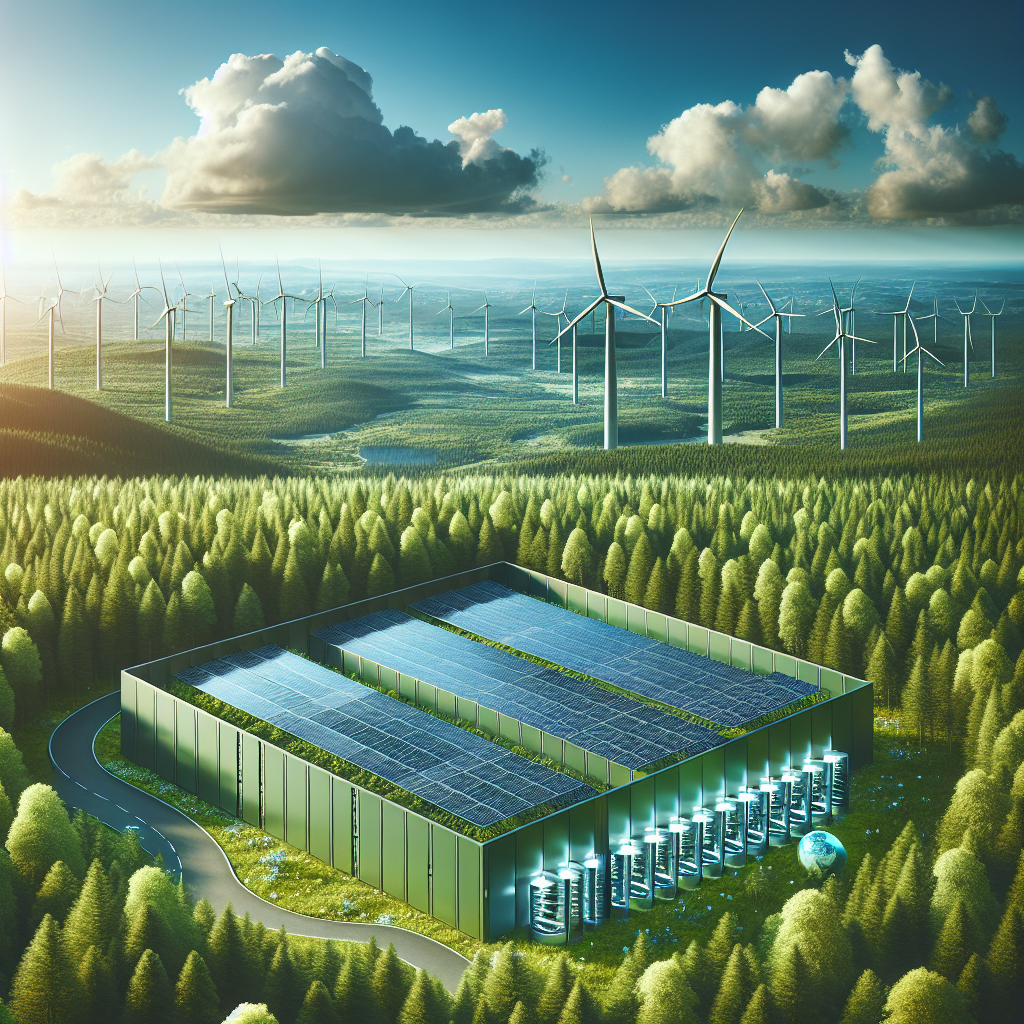
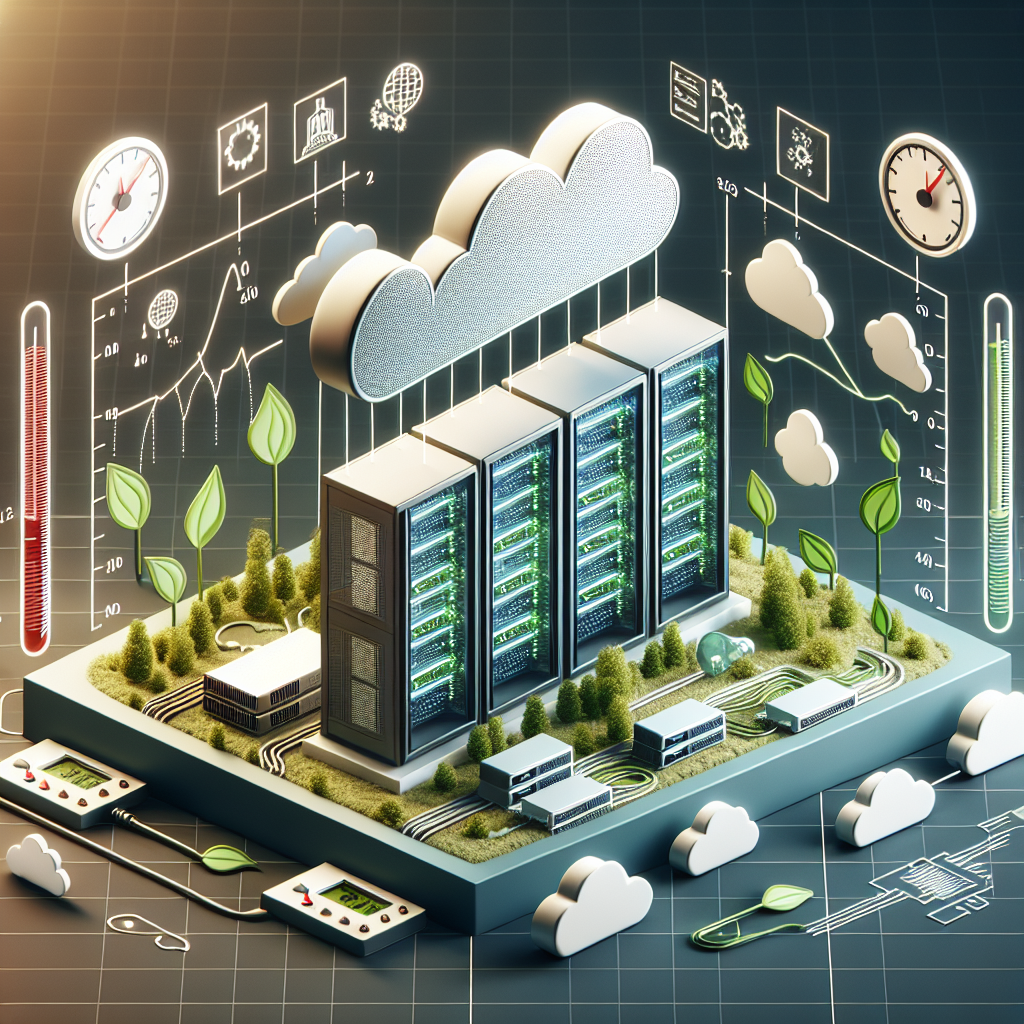
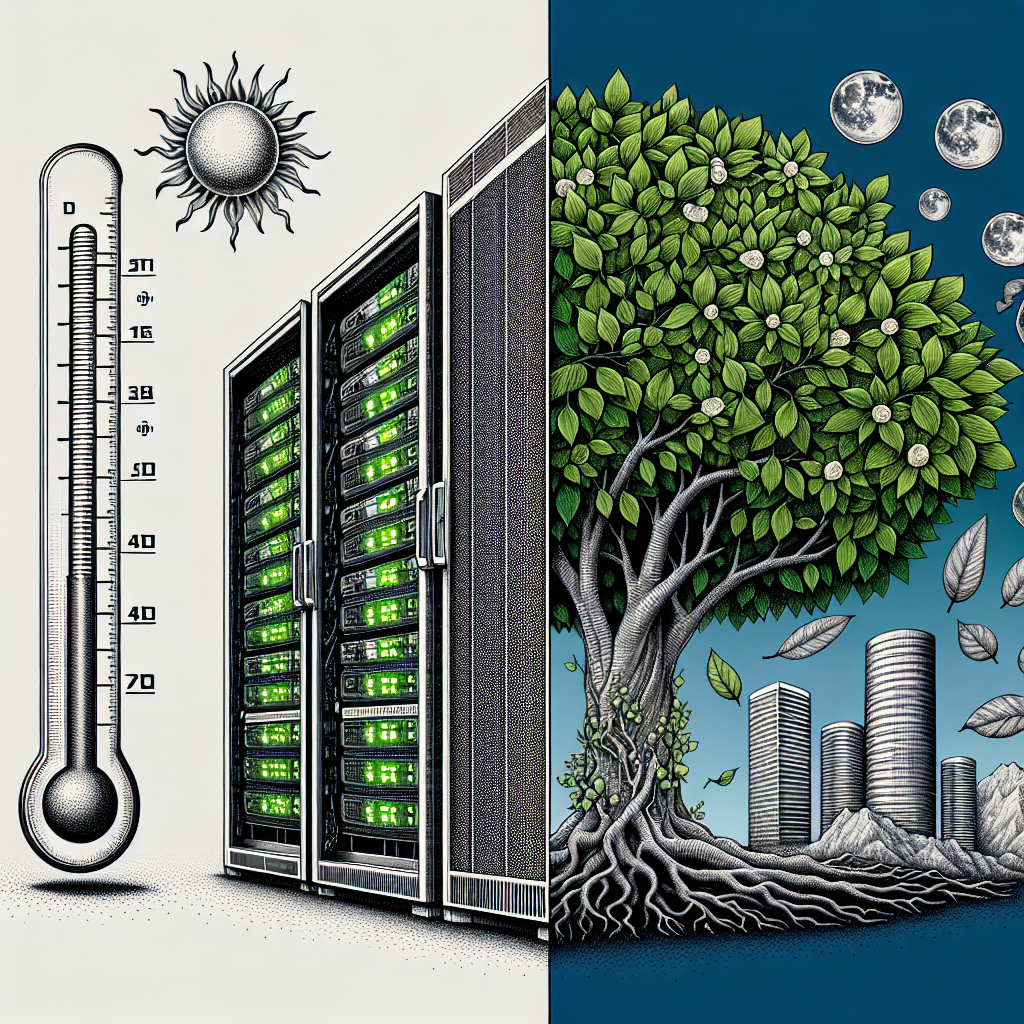
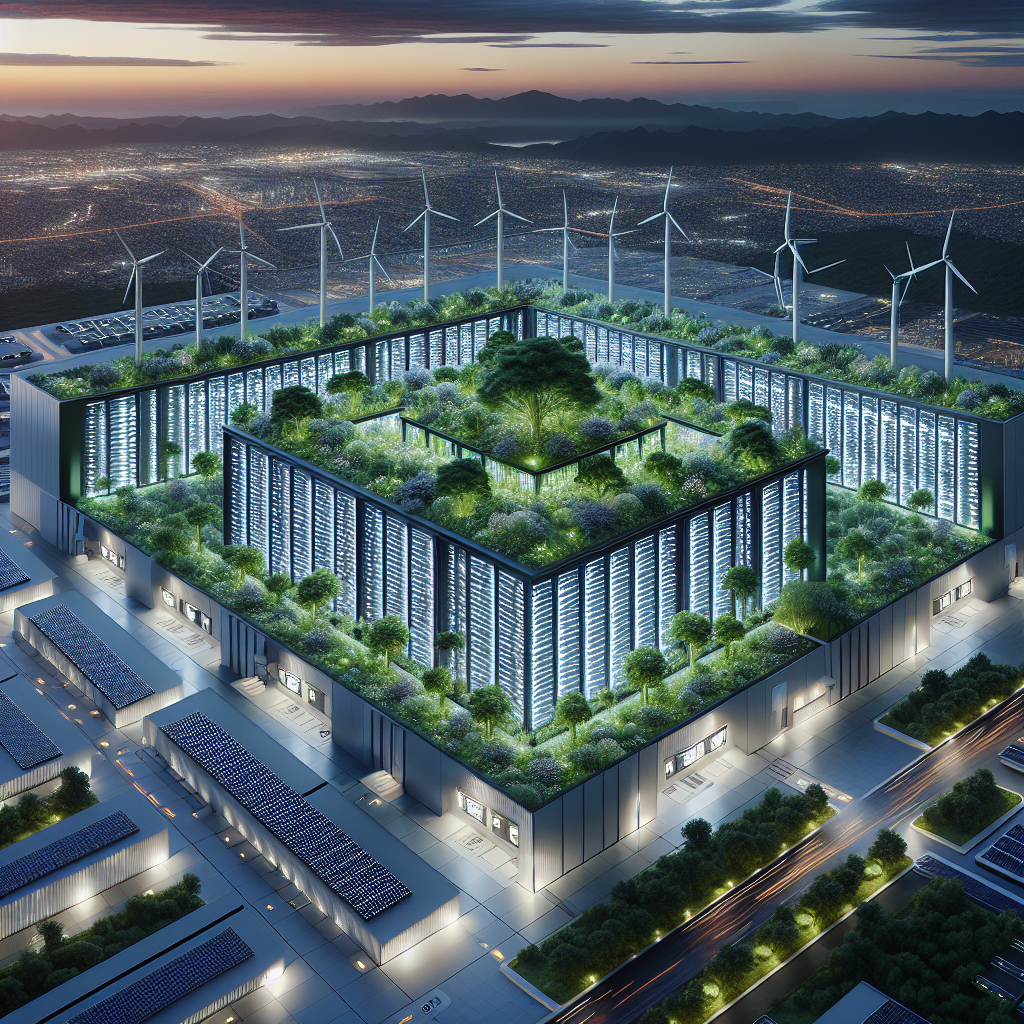
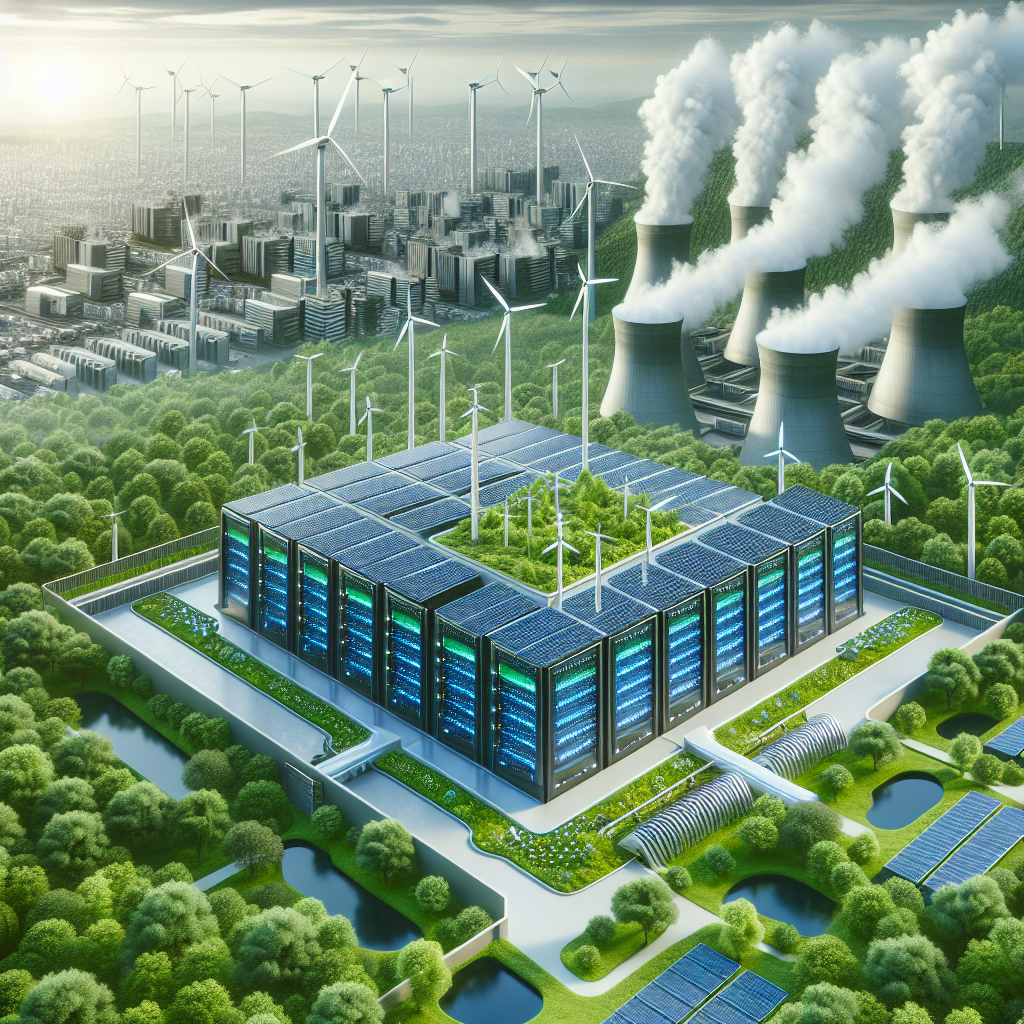
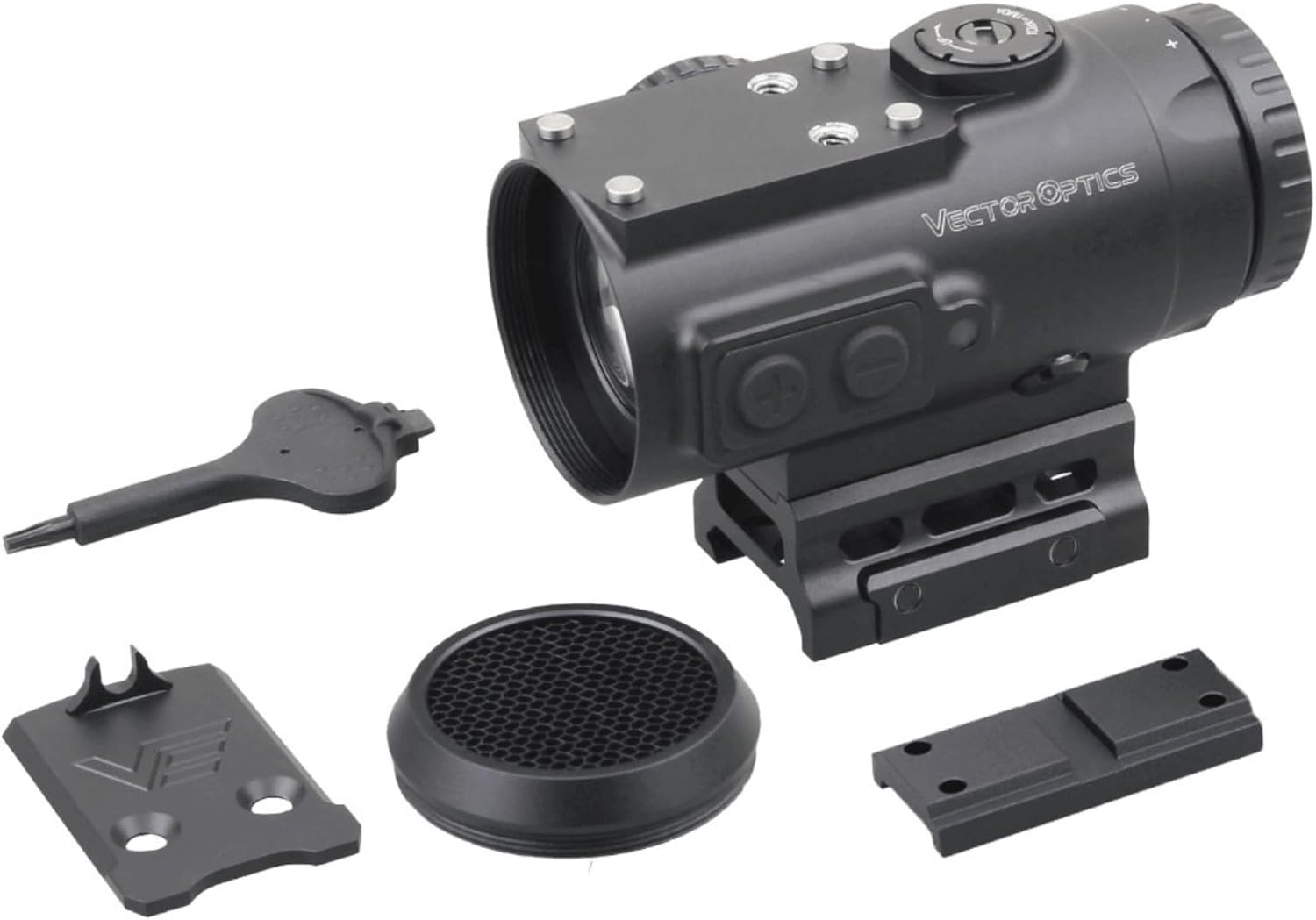

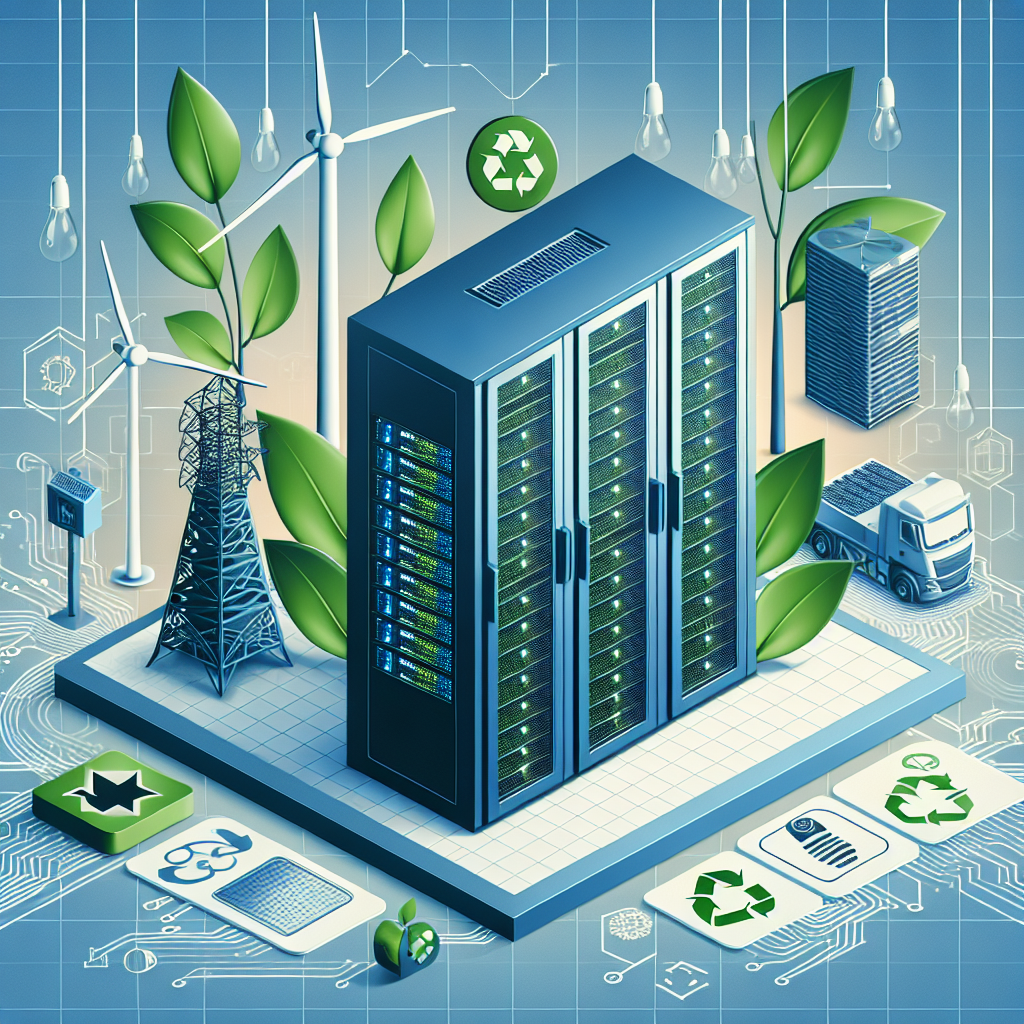
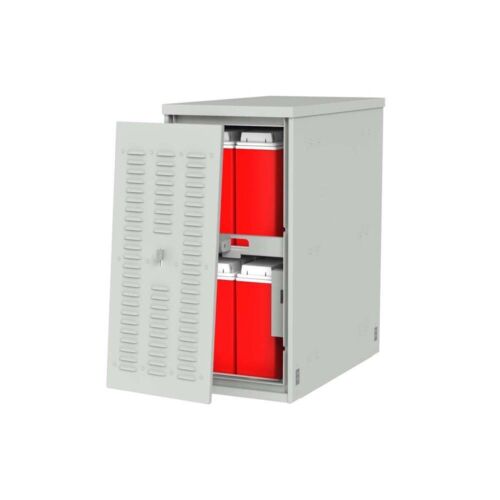

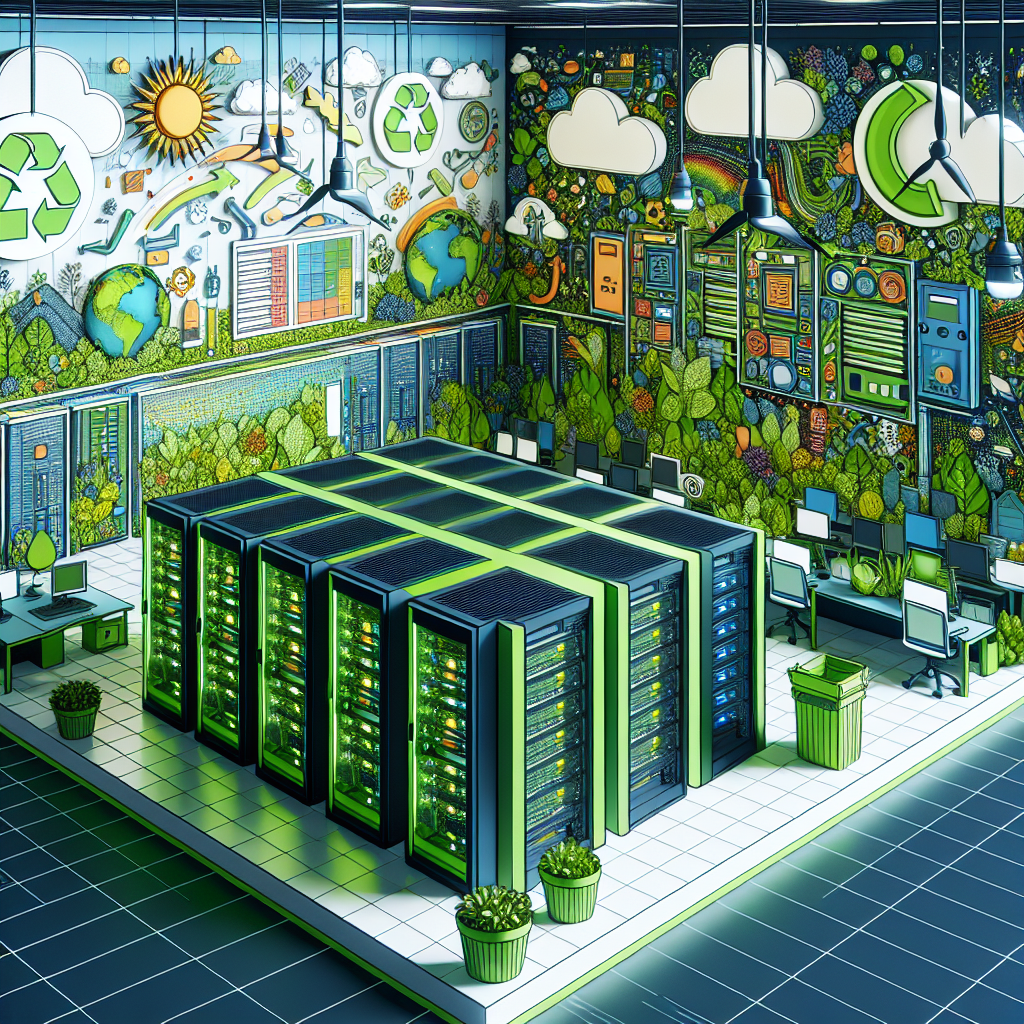
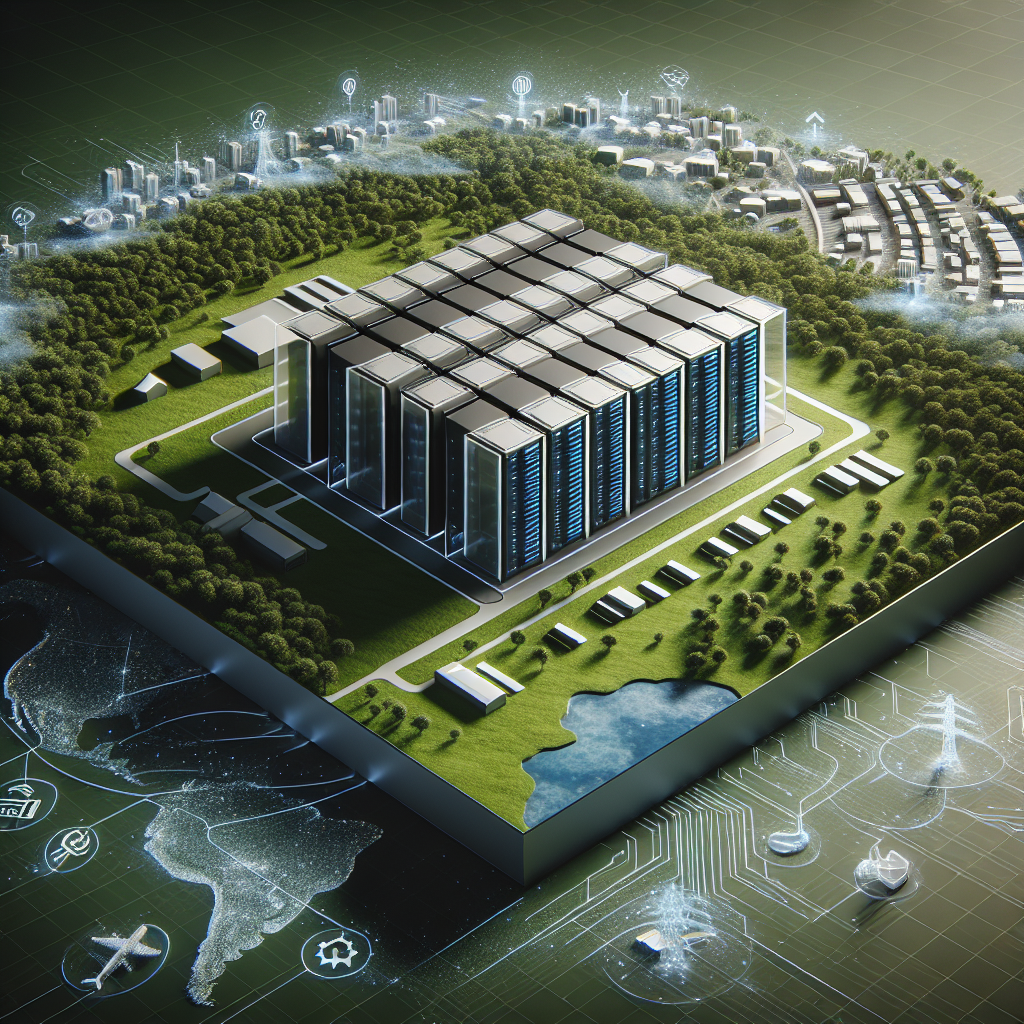
You must be logged in to post a comment.